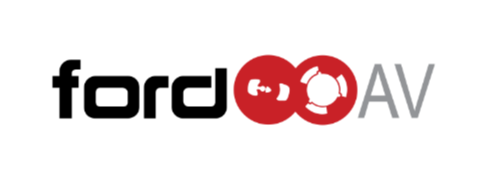When choosing the right display technology for your environment, it’s essential to consider the strengths and limitations of each option. Whether you’re looking for an economical and portable solution or a high-quality visual display for a permanent installation, projectors, flat-panel displays, and direct-view LED walls each offer distinct advantages. Below is a breakdown of the pros and cons for each technology to help you determine which is best for your needs.
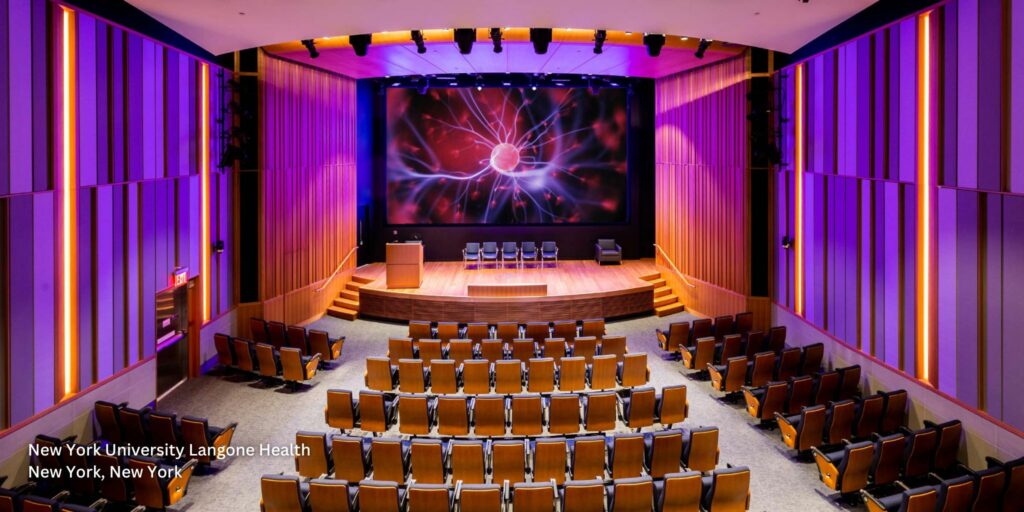
Screen Size – Rule of Thumb
The ratio for general visibility for the furthest viewer distance (for general viewing, like presentations or video) is 3x the screen diagonal.
Video Projectors
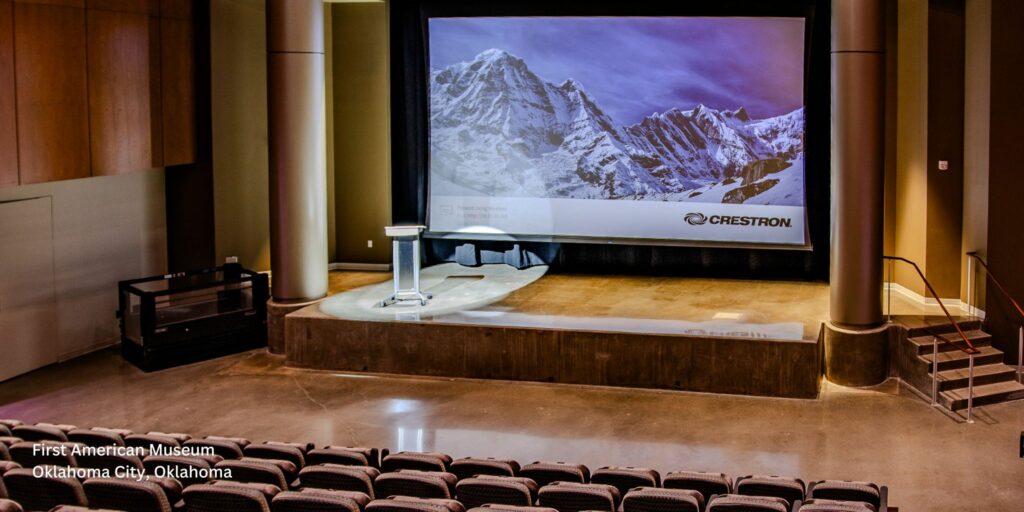
Pros/Benefits
Cost-effective: Projectors are often the most budget-friendly option, offering large, bright images at a lower cost compared to other display technologies, making them ideal for those with limited budgets.
Versatile in challenging spaces: Projectors are perfect for environments where traditional displays are not practical. They can be motorized and installed in front of windows or architectural features, then retracted when not in use, preserving visibility of these areas. Additionally, Ambient Light Rejection (ALR) screens reject ambient light while reflecting only the projected image, allowing projectors to function well even in spaces where lighting control is limited.
Cons/Challenges
Brightness: Projection and screens commonly do not perform well in spaces where light cannot be controlled. In projection, “black” is simply the absence of light, so the blackest black is what you see on the screen before the video projector is turned on. This produces poor image quality in rooms with uncontrolled daylight, or spaces where light fixtures spill light on the front of the screen.
Maintenance and longevity: Traditional lamp-based projectors require frequent lamp replacements and cooling, but opting for a laser light source can reduce maintenance costs and extend the projector’s lifespan.
Flat-Panel (LCD)
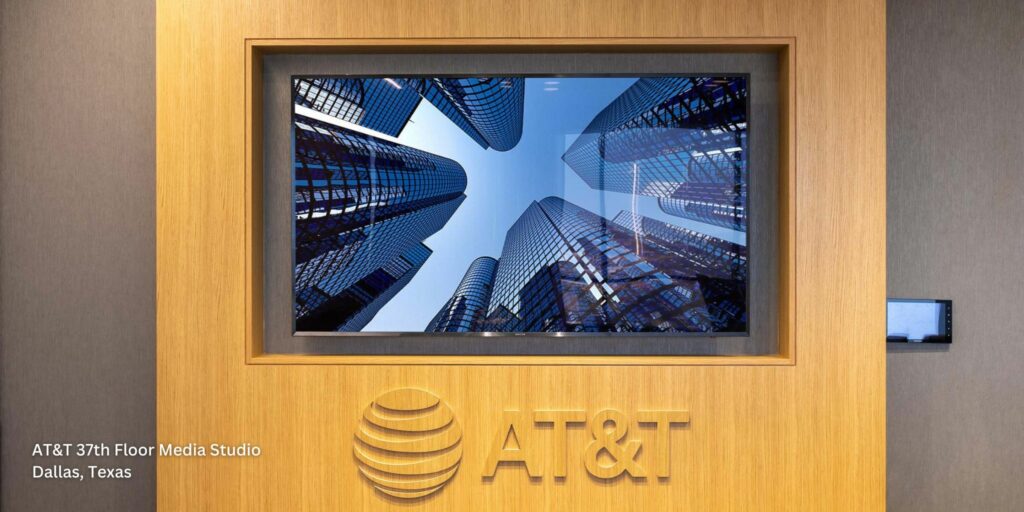
Pros/Benefits
High Quality Images: Flat-panel displays perform exceptionally well in bright environments, providing high-quality images and flexible configurations for different spaces. They are often the top choice for huddle rooms and small to medium-sized meeting areas. With 4K resolution that exceeds both DVLED and projection systems, they offer a cost-effective solution.
Cons/Challenges
Complex installation: Large flat-panel displays typically cap at around 100″, which can present challenges in transport and installation.
Direct-View LED Walls
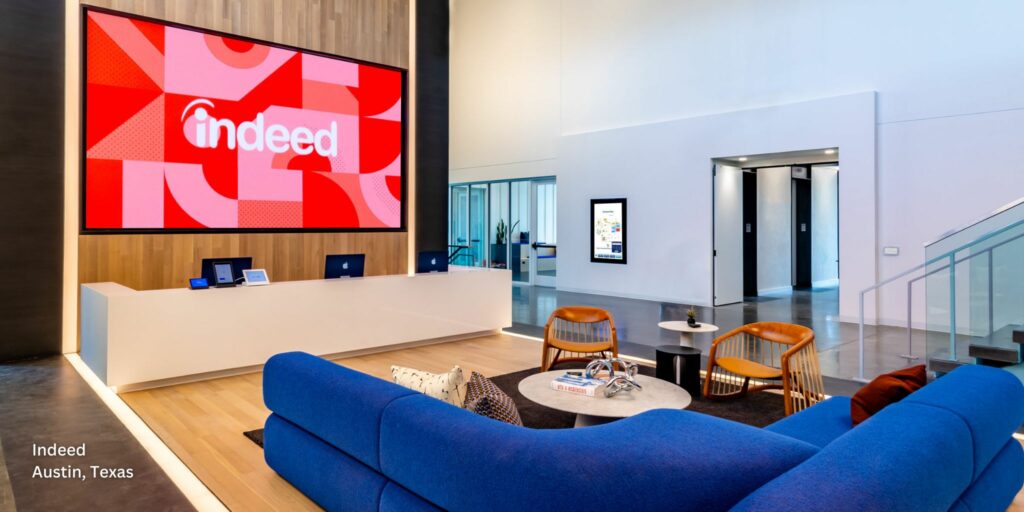
Pros/Benefits
Versatility: Direct-view LED walls are suitable for both indoor and outdoor use. They are modular and can be configured into various shapes and sizes, allowing for flexible installation in diverse environments.
Bright, high-quality visuals: LED walls offer excellent brightness and contrast. They are ideal for large venues or environments with varying lighting conditions since they can be used in full sun, whether indoors or outdoors. They also don’t suffer from the bezel issue present in LCD video walls.
Cons/Challenges
Cost and infrastructure: Although direct-view LED walls are more affordable today, they are still more expensive than LCD walls and require significant infrastructure, such as mounting systems and external processing equipment. This can increase both the upfront and long-term costs.
Size & Cost Considerations
DVLED provides a seamless visual experience, unlike LCD video walls with visible bezels. When planning display solutions, screen size is a crucial factor. Industry standards help guide the proper sizing of displays to ensure they meet the needs of the viewing environment. For example, many boardrooms use 90” to 100” flat panel displays, which are often undersized for the space. In these cases, a properly sized display of 130” or more is ideal for clear visibility and impact.
In this case, using a high-quality projector and screen may make more sense—offering a cost-effective solution at $5,000 to $10,000, compared to the $100,000+ investment for a DVLED screen.
Selecting the right display technology comes down to your environment, budget, and display needs. Video projectors are practical and deliver large, versatile images, but they struggle in uncontrolled lighting. Flat-panel displays provide unbeatable image quality at affordable prices but are limited in size. Direct-view LED walls deliver excellent visuals with flexibility in installation, but their fragility and higher costs may be a consideration for long-term use.
Each technology has its place in today’s market, and understanding their strengths and weaknesses will help ensure the right choice for your specific application.
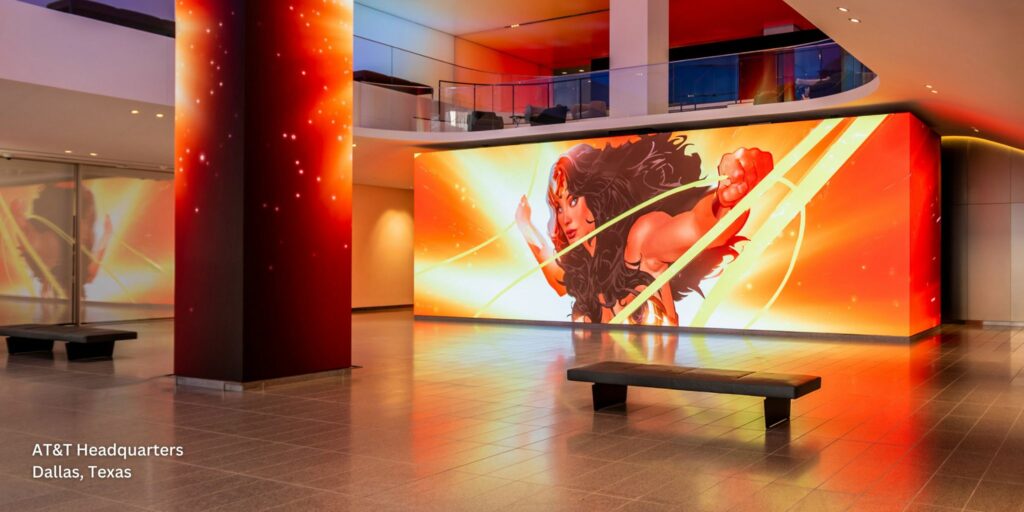
Tech Talk
The Rise of Direct-View LED
Direct-view LED technology is gaining popularity as display choice for corporate offices, churches, lobbies, and auditoriums. Its brightness, high-definition visuals, and long-term durability make it ideal for impactful presentations and dynamic environments. Once cost-prohibitive, it’s now more affordable and becoming more widely used in spaces like video conference rooms, welcome centers, and houses of worship.
Scalability and Flexibility
Direct-view LED displays are modular, allowing for various shapes and sizes to suit different spaces. This scalability makes them perfect for environments like lobbies and churches, where displays need to be large enough to serve audiences seated at varying distances. The brightness and contrast remain consistent across large areas, making them ideal for both close-up interactions and presentations viewed from far away.
Long-Term Durability
One of the reasons direct-view LED is so appealing is its durability. LED walls offer a longer lifespan than traditional LCDs or projectors. Many LEDs can operate for 100,000 hours before reaching half their brightness level, making them a low-maintenance option for organizations requiring long-term, reliable displays.
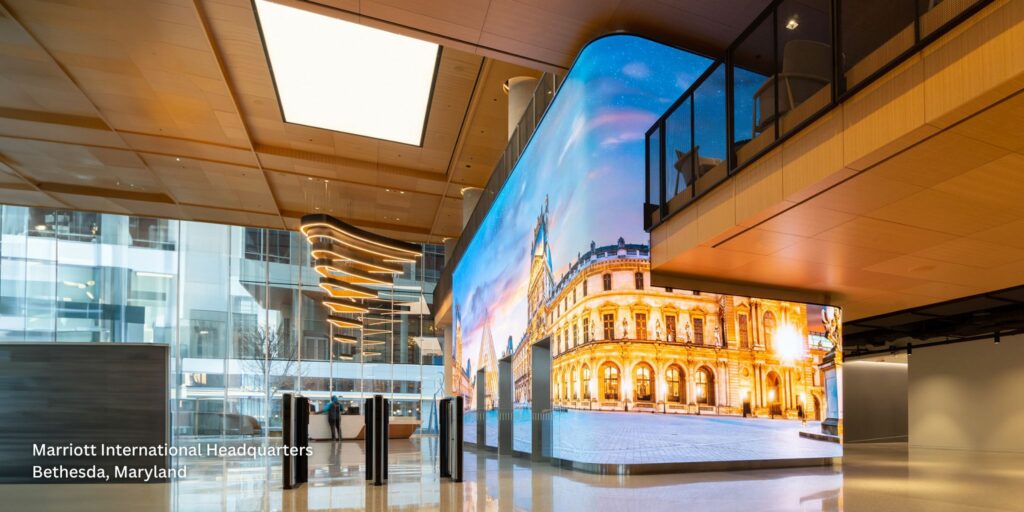
Visual Impact
Direct-view LED displays offer an uninterrupted visual experience, unlike LCD video walls that may have visible bezels between panels. This is particularly advantageous in large venues such as auditoriums, where the image needs to remain consistent across a wide area. The pixel pitch, which refers to the distance between the center of two adjacent pixels, plays a critical role in determining the visual sharpness.
Pixel pitch typically ranges from 0.6mm to 3.5mm in corporate and worship spaces, and up to 10mm or more for outdoor applications. For indoor spaces, a smaller pixel pitch (e.g., 1.5mm) is ideal for close viewing distances of 8-12 feet, while larger pixel pitches like 2.5mm are better suited for viewing distances of 20-30 feet.
Brightness and Versatility
Direct-view LED displays shine (literally) in terms of brightness, which is measured in nits. The higher the nit value, the brighter the display, which is particularly important for environments with high ambient light, such as lobbies or outdoor installations.
Brightness levels for indoor direct-view LED walls typically range from 800 to 1,500 nits, ensuring clarity in brightly lit corporate spaces or auditoriums.
Brightness can exceed 5,000 nits for outdoor displays, which ensures visibility even in full sunlight. This level of brightness makes direct-view LED technology ideal for outdoor applications or spaces with large windows where sunlight may flood the room.
Viewing Distance Rule of Thumb
To ensure optimal image quality, the pixel pitch should generally be multiplied by 2 to 3 to calculate the minimum viewing distance in meters (e.g., a 2.5mm pitch works best from a distance of around 7.5 meters).
Conclusion
Direct-view LED technology has proven to be a highly adaptable and powerful solution for a wide variety of spaces, from corporate offices and worship centers to outdoor venues. With customizable pixel pitch, brightness, and long-term durability, it offers the flexibility needed to create engaging and dynamic visual experiences across all types of environments.
This combination of seamless visuals, brightness, scalability, and durability is why direct-view LED is quickly becoming the preferred choice for so many industries.
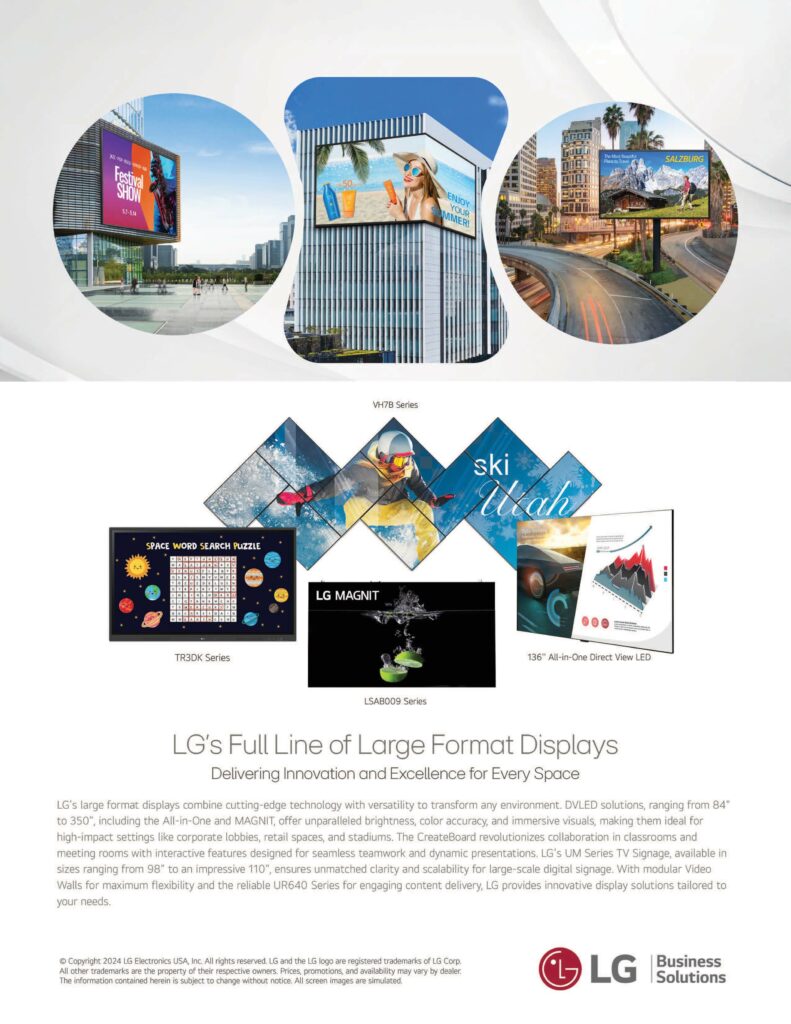
Partner with America’s Leading AV Technology Company

- 50+ Years of Experience – Designing and integrating innovative audiovisual systems for organizations across multiple industries.
- Nationwide AV Services – Local teams supported by a national network for dependable AV installation, maintenance, and ongoing support.
- Comprehensive Expertise – From collaboration rooms and video conferencing systems to digital signage, enterprise control systems, and managed AV services.
- Scalable, Future-Ready Solutions – Engineered for reliability, flexibility, and seamless user experiences.
- Proven Performance – Trusted by Fortune 500 companies, universities, government agencies, houses of worship, and more.
Ready to connect with Ford AV professionals? Fill out the form below to transform your space with expertly designed and integrated AV technology.
